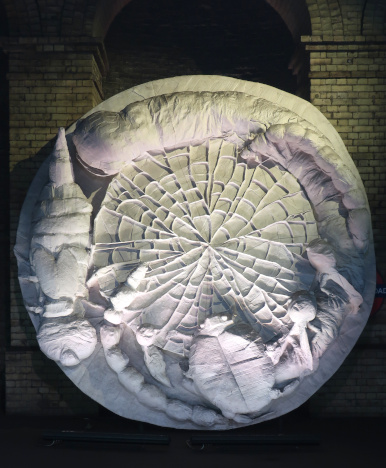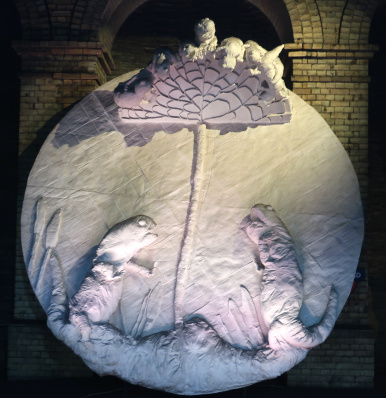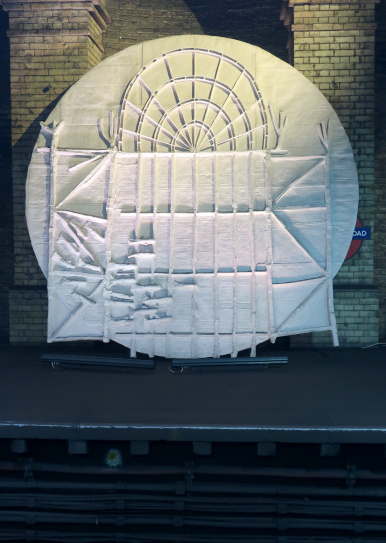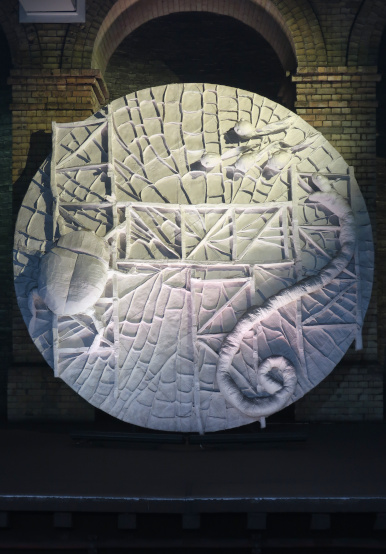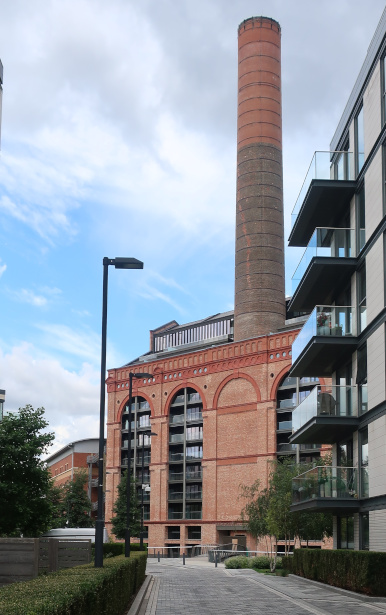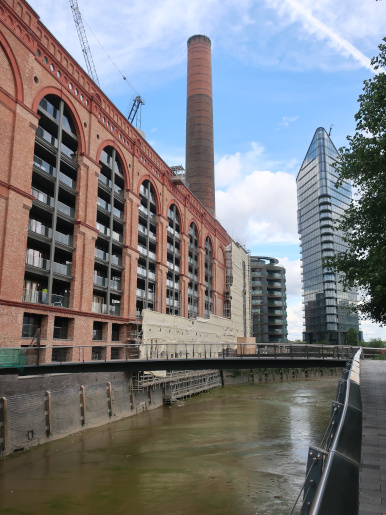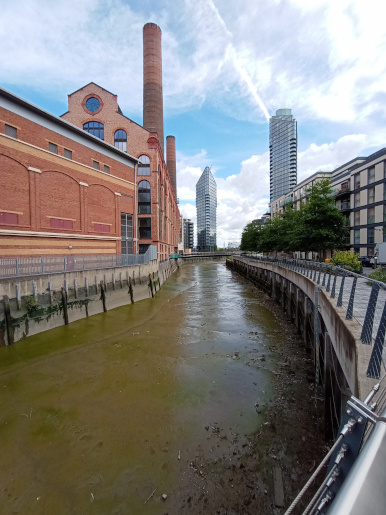

A global archive of independent reviews of everything happening from the beginning of the millennium
Read our Copyright Notice click here
For publication dates click here

Installing art on the Underground has always been about merging it with practicality. Here the electricity socket, fortuitously, is where the frog's heart should be which leads us to what was the beating heart of the railway, Lots Road power station, not terribly far from Gloucester Road Station where the exhibits are.
 Gilding the lilies
Gilding the lilies
For most of its existence, London's Underground generated its own electricity. When there were power cuts in London, the Underground kept running on DC to the requirements of the railway. Some Londoners were very proud of this. The power station was universally known as Lots Road, without the suffix 'Power Station' as at Battersea.
When Battersea stopped churning out smoke I was rather pleased from an air quality point of view but it was not too long before some not too bright sparks, through perverse fiscal incentives, embarked on trying to get Britons to switch from petrol to diesel cars despite the North Sea producing light not heavy crude, ideal for refining petrol from but not the dirty-fumed diesel which had to be imported.
I once wrote a history of Underground stations, as a consultancy project, as station modernisation risked losing a lot of heritage, but it was necessarily selective of stations. Lots Road got a brief mention but not as a subject for any conservation. It was still in service.
The power station was located where barges could dock to deliver coal and take away ash without disturbing the heart of London, which beat on.
This grimy industrial site has been gilded since - and perhaps it could do with a lily pad atop a chimney (should we commission an artist to at least draw one?) - but in an altogether more relaxed way than the overdeveloped Battersea power station site downstream on the other side.
The three old boroughs of Chelsea, Kensington and Fulham, all residential boroughs, had a healthy attitude to tall buildings - they left them to nearby Westminster that had need of offices and which did not even allow residential houses in Mayfair that had switched to office use to switch back to residential.
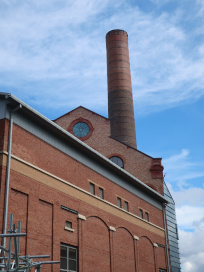
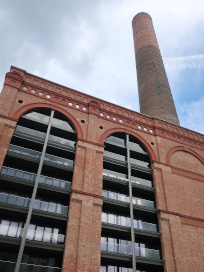
The exception in the three boroughs eventually became the pagoda topped tower at Chelsea Harbour, next door to Lots Road.
It is not that tall by our contemporary standards but it was still felt in neighbouring districts to be a bit dominant on the skyline. People were willing to regard it as an exception, though, because topping it with a pagoda was rather inspired and it enlivened this once grubby industrial site.
It did, however, set the precedent for the now much taller towers along the river, most downstream.
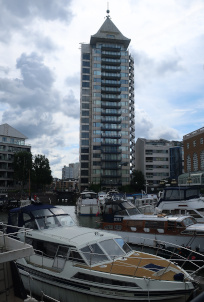
GILDING THE LILY
Reviewed by ANDRE BEAUMONT

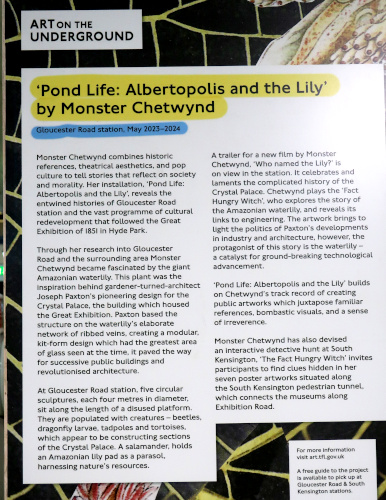
Installation panel
